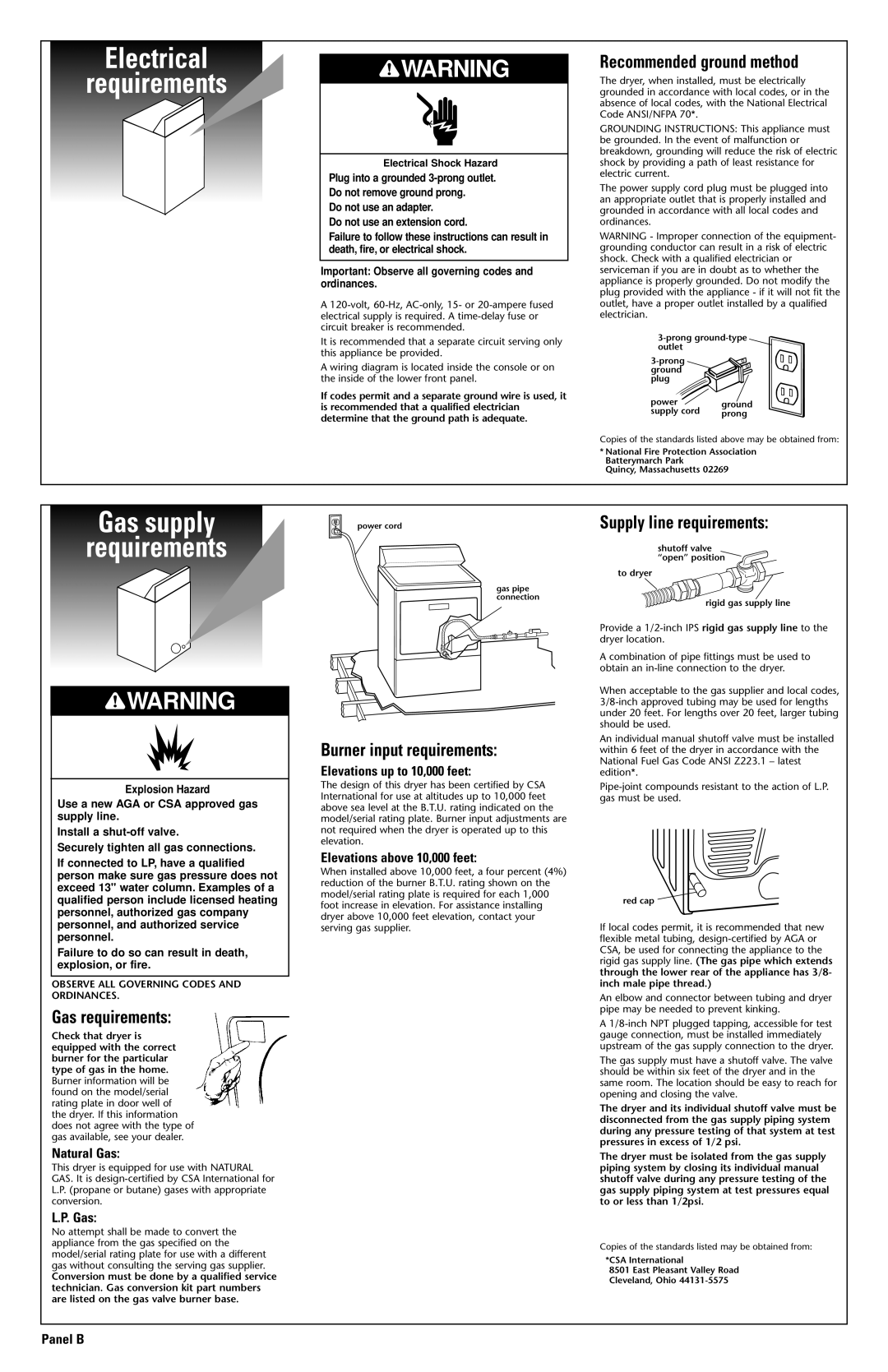3978909 specifications
The Whirlpool 3978909 is a highly acclaimed dryer heating element designed specifically for several models of Whirlpool dryers. This essential component plays a crucial role in drying clothes efficiently and effectively, ensuring users can enjoy optimal performance from their laundry appliances.One of the main features of the Whirlpool 3978909 is its compatibility with a wide range of dryer models. This versatility makes it an ideal choice for homeowners looking to replace the heating element in older units or those experiencing heating issues in newer machines. The element is engineered to provide consistent heat output, which is pivotal for achieving the best drying results.
In terms of technology, the Whirlpool 3978909 utilizes high-quality materials designed to withstand high temperatures and extended use. This durability ensures that the heating element can last for many cycles without the need for frequent replacement. It is built to deliver efficient heating, reducing energy consumption while effectively drying clothes. The element heats up quickly, allowing for shorter drying times and improved appliance efficiency, which is a significant benefit for users looking to save time and energy costs.
The 3978909 model is also designed with user-friendliness in mind. Installation is straightforward, making it accessible even for those with limited DIY experience. The element typically comes with all necessary connectors and specifications for an easy replacement process, which can usually be done in under one hour.
Another characteristic that sets the Whirlpool 3978909 apart is its commitment to safety. The heating element is designed with various safety features to prevent overheating and other potential hazards, providing peace of mind for users. It operates quietly and efficiently, minimizing noise during operation while maximizing performance.
In summary, the Whirlpool 3978909 dryer heating element is a reliable and efficient component that enhances the drying capabilities of Whirlpool dryers. With its compatibility, durable design, user-friendly installation, and focus on safety, this heating element is an excellent investment for anyone looking to maintain their laundry appliances in peak condition. Whether replacing an old element or upgrading for better performance, the Whirlpool 3978909 stands out as a top choice among dryer heating solutions.

